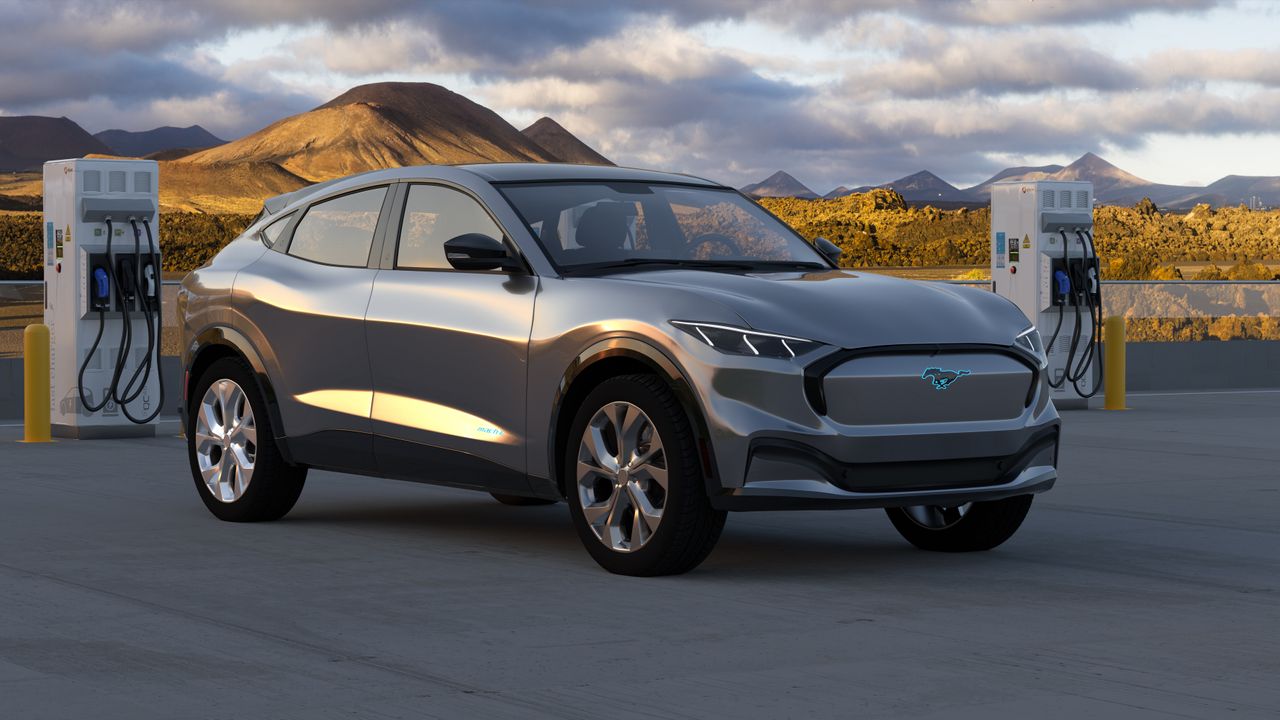Electric vehicles are becoming more common on the roads, and with that comes the need for charging. There are two types of charging: fast charging and slow charging. In this blog post, we will explore the differences between the two and which one is best for long-distance travel.
Charging Connectors
Before we dive into the differences between fast and slow charging, let’s first discuss charging connectors. There are three main types of charging connectors: CHAdeMO, CCS, and Tesla. CHAdeMO is used primarily by Japanese automakers, while CCS is used by European and American automakers. Tesla has its own proprietary connector.
When it comes to fast charging, the CHAdeMO and CCS connectors are used for DC fast charging. These connectors are capable of delivering high amounts of power to the vehicle, allowing for a quicker charge.
Fast Charging
Fast charging, also known as DC fast charging, is the process of charging an electric vehicle at a high rate of power. This type of charging is typically done at public charging stations and can charge a vehicle up to 80% in as little as 30 minutes.
DC fast charging is ideal for long-distance travel because it allows for quick pit stops to recharge the vehicle. This means that drivers can travel longer distances without having to worry about running out of battery power.
However, it’s important to note that not all electric vehicles are capable of fast charging. Some vehicles may only be able to handle slow charging, which we will discuss next.
Slow Charging
Slow charging, also known as Level 2 charging, is the process of charging an electric vehicle at a slower rate of power. This type of charging is typically done at home or at work and can take several hours to fully charge the vehicle.
Slow charging is ideal for daily use because it allows for the vehicle to be charged overnight or while the driver is at work. This means that the vehicle is always ready to go when the driver needs it.
Which One is Best for Long-Distance Travel?
When it comes to long-distance travel, fast charging is the clear winner. DC fast charging allows for quick pit stops to recharge the vehicle, making it possible to travel longer distances without having to worry about running out of battery power.
However, it’s important to note that not all charging stations offer DC fast charging. Some stations may only offer Level 2 charging, which means that drivers will need to plan their route accordingly.
In addition, not all electric vehicles are capable of fast charging. Before embarking on a long-distance trip, it’s important to check if your vehicle is capable of DC fast charging and to plan your route accordingly.
Conclusion
In conclusion, fast charging is the best option for long-distance travel because it allows for quick pit stops to recharge the vehicle. However, it’s important to note that not all charging stations offer DC fast charging and not all electric vehicles are capable of fast charging. It’s important to plan your route accordingly and to check if your vehicle is capable of fast charging before embarking on a long-distance trip.
